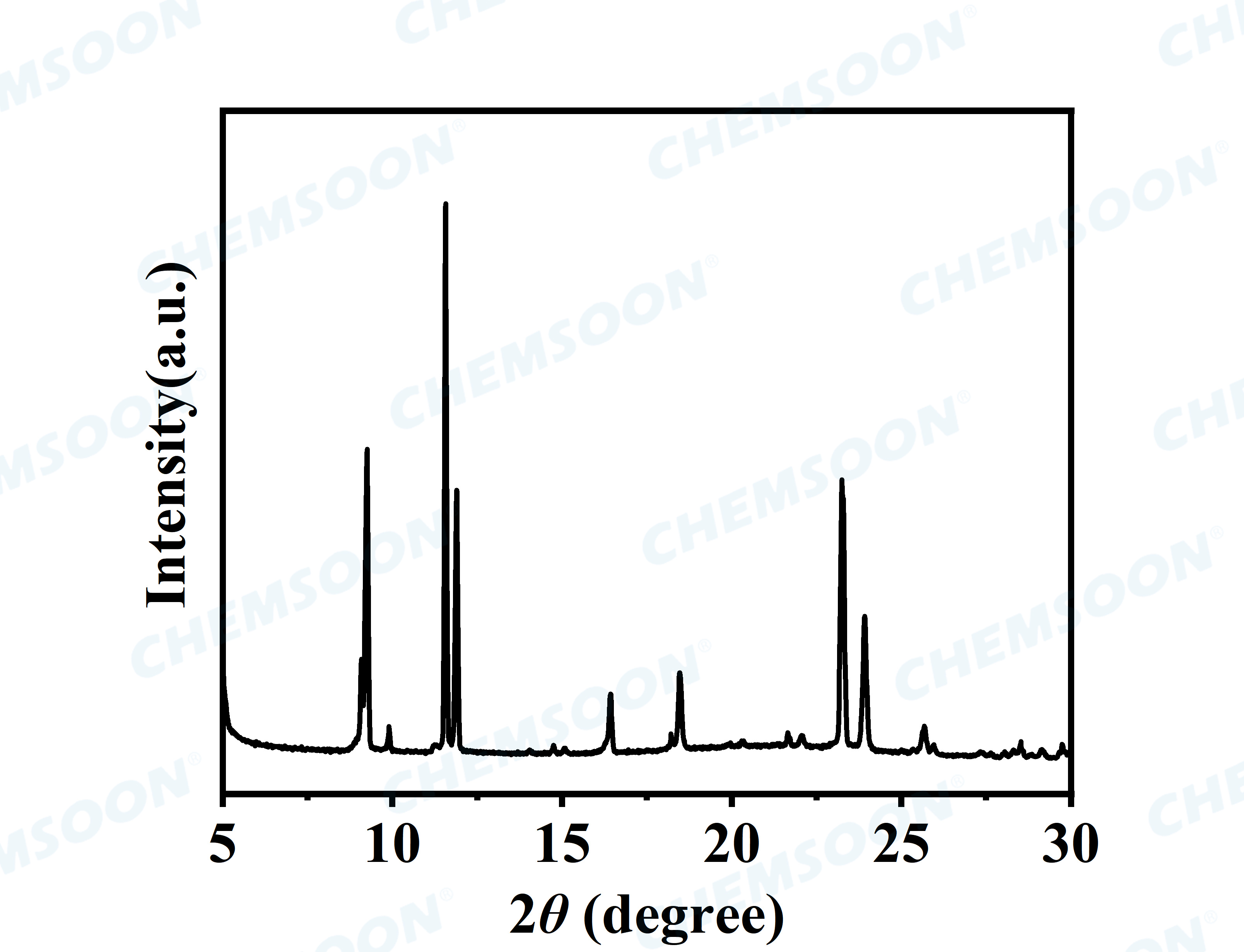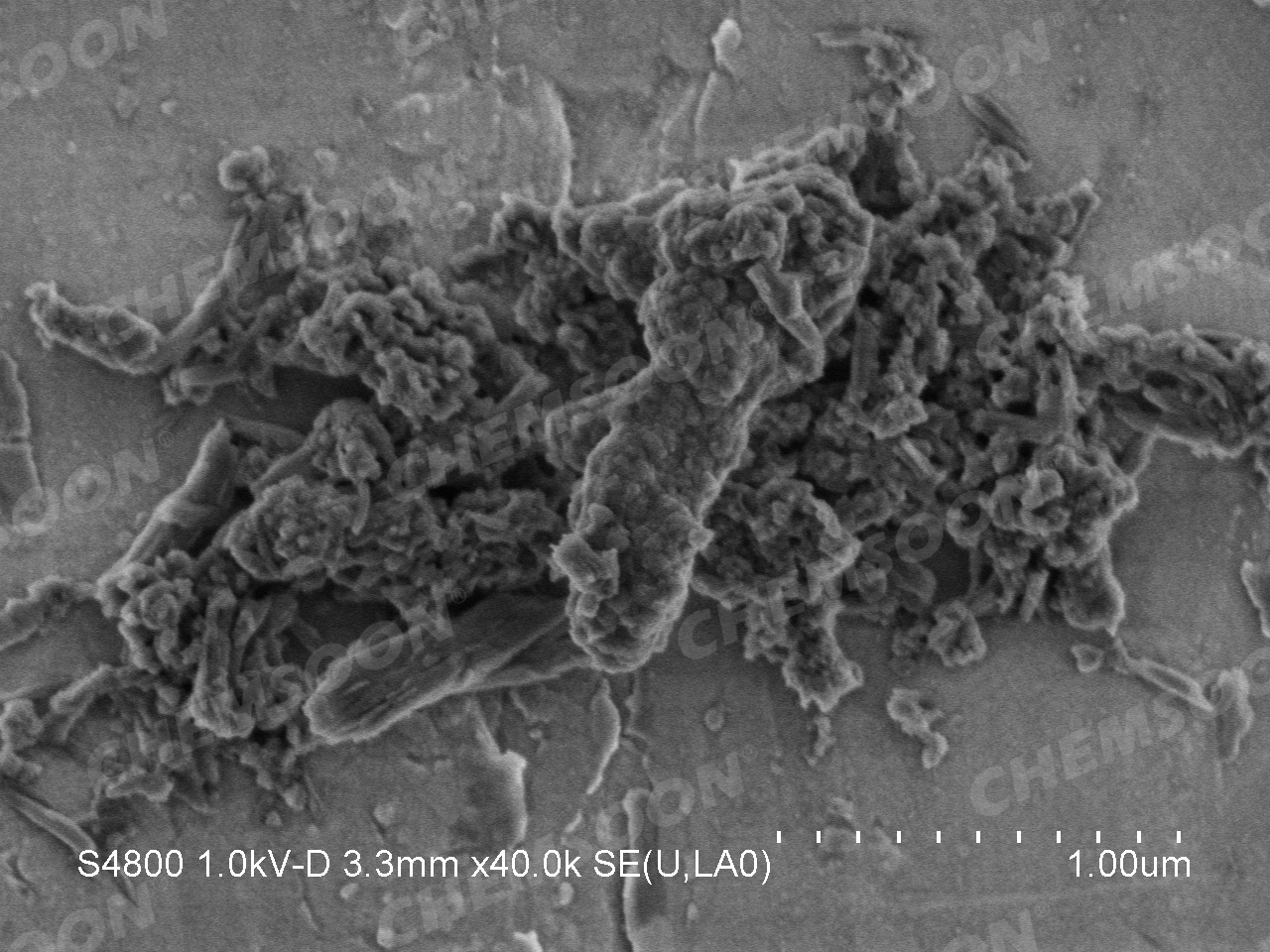Product: UTSA-300
Synonyms:
CAS:2111948-04-8
Basic Information
| Unit MF. | C20H16F6N4S3Zn | Unit MW. | 587.95 | ||
| Coordination Metal | Zn | Linkers | 4,4'-dipyridylsulfide(CAS:37968-97-1) | ||
| Aperture | 0.33 nm | Pore volume | 0.09-0.16 g/cm3 | ||
| Surface Area | no N2 adsorption | ||||
| Analog Structure | 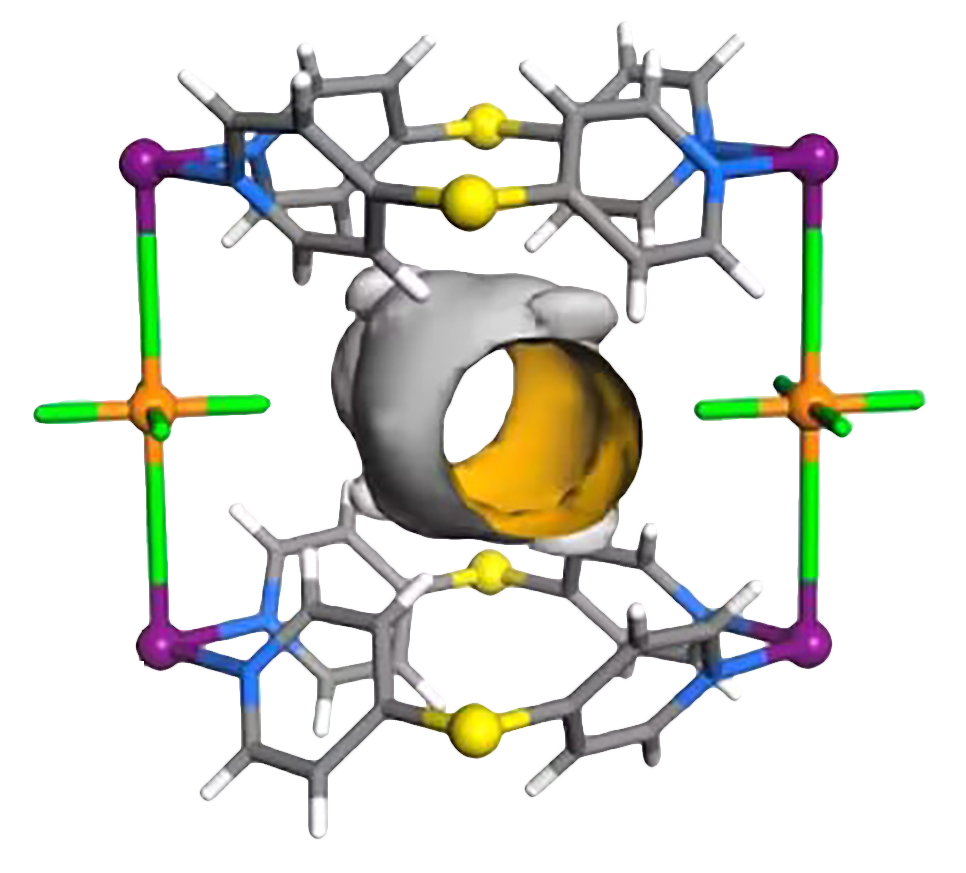 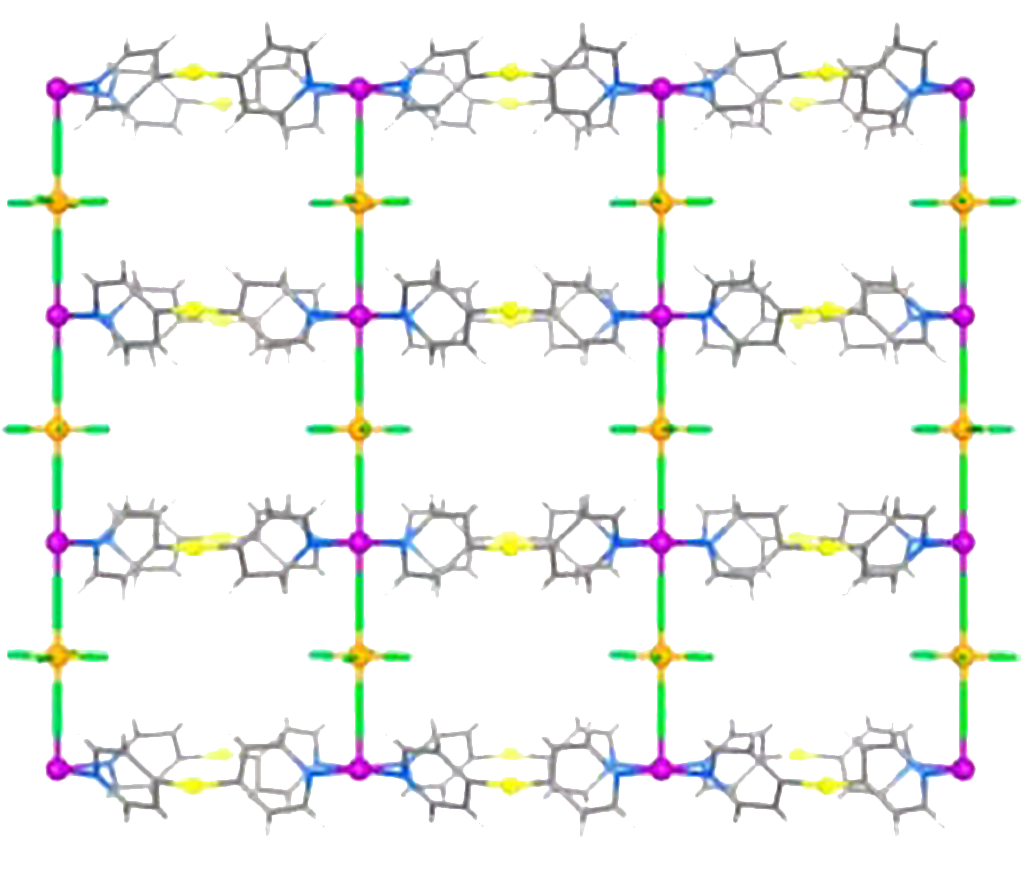 |
||||
Product Property
| Appearance | Light Yellow Powder | 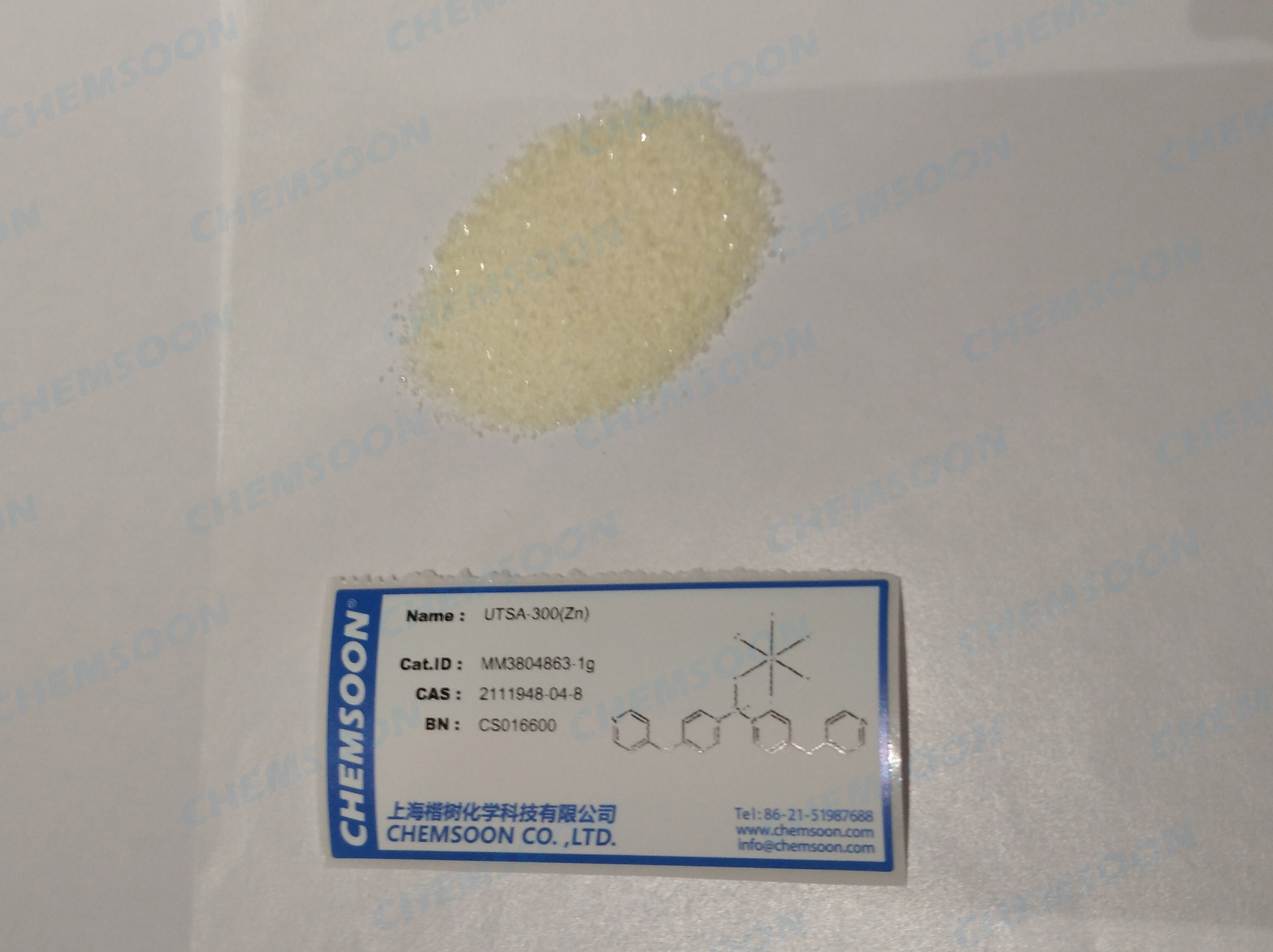 |
||
| Particle Size | irregular bulk particles | |||
Stability
1) UTSA-300 is stable in air for weeks, gradually decomposed in acquoeus solutions
2) Thermal decomposition temperature about 200 ° C
Preservation
1) Keep sealed in dry and cool condition
2) It is recommended to activate under roon temperare vacuum before Gas-Adsorption test
Other Features
Fluorescence:NA
Applications
1) With micronano pore apertures, UTSA-300 could be used to adosb gas moleculars below around 3nm(e.g. acetylene) and separated from CO2 and ethylene
2) With flexible rhomboid pores, UTSA could be used for adsorption or sensing of small molecular gas or metal ions under different conditions.
Characterizations
References
1) Lin, Rui-Biao ; Li, Libo; Wu, Hui ; Arman, Hadi; Li, Bin ; Lin, Rong-Guang; Zhou, Wei ; Chen, Banglin; J. Am. Chem. Soc. 2017, 139, 23, 8022-8028, DOI: 10.1021/jacs.7b03850 ; Optimized Separation of Acetylene from Carbon Dioxide and Ethylene in a Microporous Material


